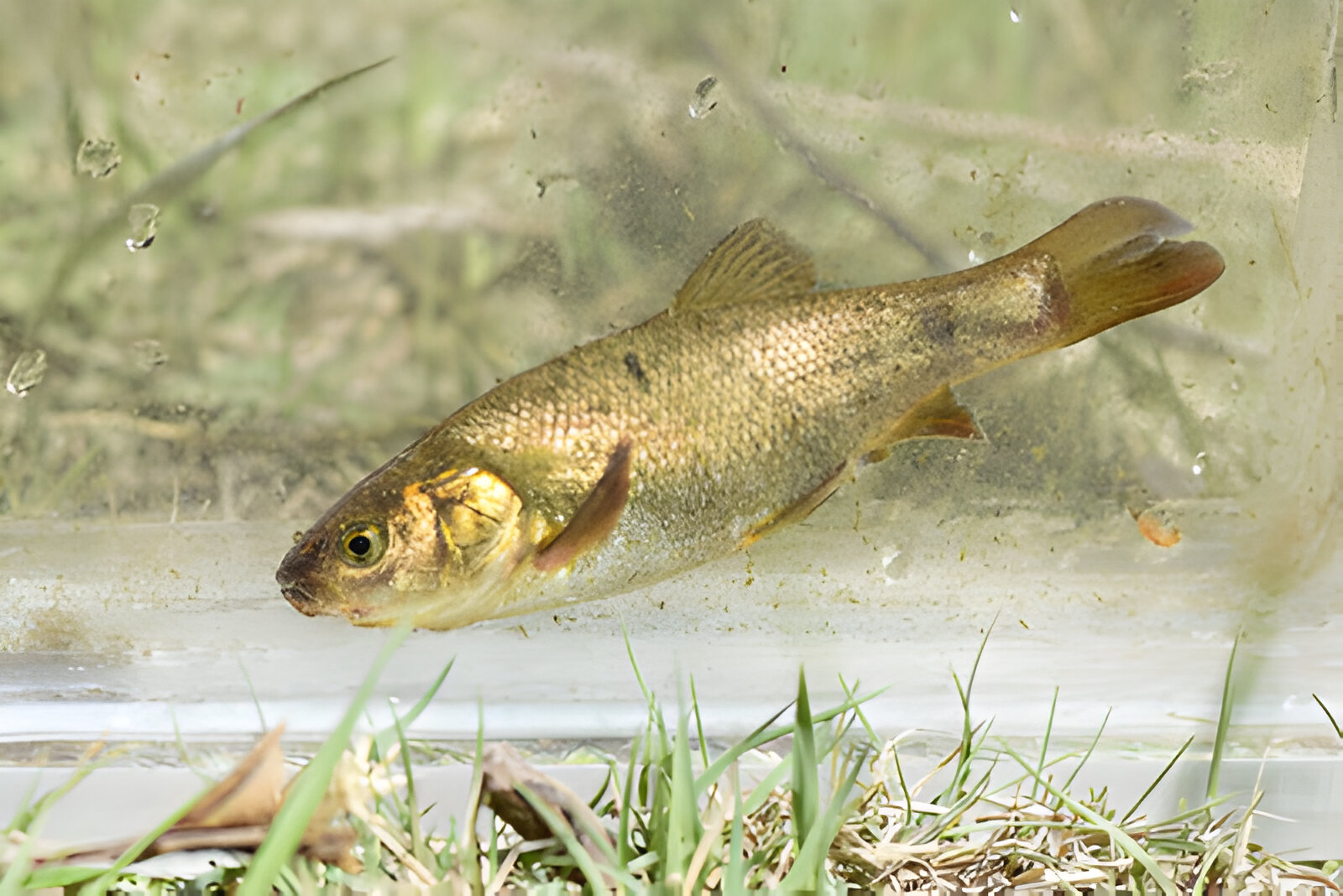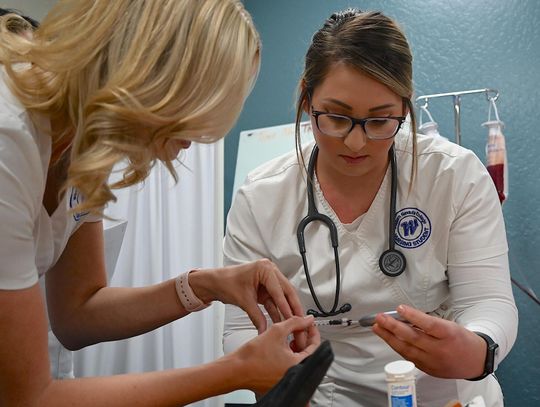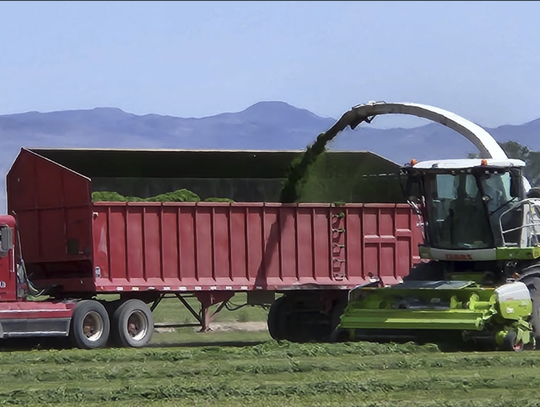While Nevada was once known for its rich deposits of silver and gold, it is now home to what is being called “The White Gold Rush,” as lithium deposits prove to be more extensive than ever expected. However, the path to developing modern large-scale mining projects in the United States is rarely straightforward, often tangled in environmental concerns and regulatory challenges.
The Ioneer Rhyolite Ridge lithium-boron project in Esmeralda County, Nev., is one example of a modern mining effort striving to meet the country’s demand for critical minerals essential to large-scale battery storage while also protecting the surrounding environment.
Before Ioneer could move forward with its plans to construct what is likely to become the nation’s largest lithium production operation, the company had to secure the rights to use federally owned land where the deposits are located. Working with the Department of the Interior (DOI) and the Bureau of Land Management (BLM) to obtain the necessary permits, which were granted in Oct. 2024, comprehensive environmental assessments were conducted. It was during this permitting phase that the Center for Biological Diversity (CBD) in California began opposing the project, contending that two species, the Tiehm’s buckwheat and a small fish known as the tui chub, would be endangered if the mine were built.
CBD raised concern about a rare desert called Tiehm’s buckwheat, which is said to only exist near the mine site. The CBD worries that mining could destroy the buckwheat. According to USFWS, its habitat overlaps about 10 acres within the proposed 7,000-acre mine development area. As a result, the agency designated 910 acres as “critical habitat.”
In response to concerns that Tiehm’s buckwheat habitat could be in peril, Ioneer began working in consultation with the federal government to modify its operations to avoid direct impacts on the plant and mitigate indirect effects. “Throughout the now-concluded federal permitting process, the company worked with regulators and stakeholders, seeking feedback on the project,” said Ioneer spokesperson Daniel Francis.
In 2022, USFWS listed the flower as endangered, a move Ioneer says it fully supported. The BLM issued a Record of Decision in 2024 that included the Fish and Wildlife Service’s Biological Opinion, which concluded the project will not jeopardize the ESA-listed Tiehm’s buckwheat or adversely modify its critical habitat. Below right: Fishlake Valley reconnaissance surveys, 2023, courtesy of NDOW.

Another concern raised by the CBD is the tui chub of Fishlake Valley, a remote, high-desert farming region about 230 miles northwest of Las Vegas and in the vicinity of Rhyolite Ridge. The tui chub, only a few inches long and part of the minnow family, is reportedly not found anywhere else in the world. The CBD and other environmentalists believe this small fish is critical to protect because it exists only in a few Nevada springs and wetlands, including Lida Pond and McNett Spring.
According to the U.S. Fish and Wildlife Service (USFWS) species-status assessment, surveys at McNett Ranch in Fish Lake Valley indicate that tui chub populations are declining. Counts indicated 3,278 in 2002, 2,210 in 2005, and 2,143 in 2021. The Endangered Species Act states a species can be listed as endangered if it is found to be “in danger of extinction throughout all or a significant portion of its range.” While the assessment did not result in the tui chub being classified as endangered or threatened, it did conclude that its limited habitat leaves it vulnerable. NDOW, however, recently listed the tui chub as a “Species of Greatest Conservation Need.”
The CBD asserts that the project could endanger the tui chub, as the mine would require large amounts of water —pumping roughly 2,500 gallons per minute from Fish Lake Valley — and further deplete the tui chub’s limited habitat. Ioneer contends otherwise, stating that Rhyolite Ridge is situated eight miles from and 1,000 feet above the McNett Ranch tui chub habitat. “Groundwater modeling confirms that the aquifer used by Rhyolite Ridge is hydrologically isolated—located over 1,000 feet above the shallow groundwater system sustaining McNett Ranch,” explains Francis. “These systems are not connected, so the project will have no net effect on the Fish Lake Valley water balance or the tui chub habitat.” Below: Fish Lake Valley tui chub. Below, Lida Springhead. Photo by M. West. Below right: Tui chub. Photos courtesy of NDOW.

And then there is water—Nevada’s most precious and valuable resource. Addressing the ongoing concern over water availability and usage, Ioneer says it has also committed to offset any agricultural water use, as outlined in the Final EIS and the County Development Agreement, and remains confident there will be no impact on overall water draw. They are obliged to provide the county with semi-annual data on groundwater levels, spring flows, temperatures, pumpage, and consumptive use. The agreement states, “Ioneer is committed to ensuring that as a result of Rhyolite Ridge activities, there is no net increase in the volume of water that is pumped from Fish Lake Valley.”

In addition to their efforts to work with BLM, Fish and Wildlife and other stakeholders to address environmental concerns, Ioneer has spent years working with the community and has entered into a legally binding and enforceable development agreement with Esmeralda County to ensure the project has a positive impact on the area. The agreement outlines a broad array of commitments, including environmental stewardship, financial support to improve public safety, road maintenance, local jobs, water conservation, and more.
For Ioneer, the delicate balancing of creating a large-scale critical minerals project, ensuring water conservation, implementing environmental protections, and establishing good community relations has always been part of the plan.
The company now estimates a 45% increase in the mineral resource estimate for the Rhyolite Ridge Lithium-Boron Project, located entirely within the fully permitted project area and supported by the closed $996 million loan from the U.S. Department of Energy’s Loan Programs Office.











Comment
Comments